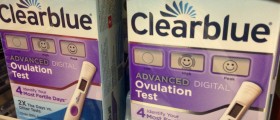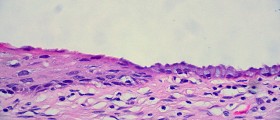
Clearblue measures maximum levels of these two hormones to indicate the six days in a woman's period she is most likely to conceive. The way the Clearblue monitor works, it is necessary to use at least 10 monitor sticks each and every month. If women start monitoring too early or too late in their menstrual cycle, the system cannot detect changes in hormones that indicate maximum fertility. That's why it is essential to set the machine during the first five days of a woman's period. On day 10, it will remind the user to start testing. Another thing users need to remember about Clearblue or any other fertility monitoring device is that not all women have a period of exactly 28 days. Some women have shorter periods. Days 10 or 11 may be when they are fertile. If they don't test, they won't get a reading that tells them they are fertile. Some women have longer periods. They may ovulate on day 17, or day 18, or even days 21 and 22. If the don't keep having intercourse after their first "high fertility" day indicated on the monitor, they may fail to conceive.
The Clearblue monitoring system is good, but it is not perfect. Couples are always more likely to conceive if they have intercourse on as many occasions as possible during the woman's fertility "window." Continuing to try at least a day or two after the fertility monitor indicates waning chances of conception sometimes makes all the difference. Along with timing, couples enhance their chances to conceive by practices that increase male fertility, too. Couples who are trying to conceive get better results by having sex in the missionary position. In this position, ejaculation sends sperm closer to the egg. It also helps to forego foreplay, since foreplay causes the front wall of the uterus to rise and creates a longer path for fertilization. Afterplay, however, will not reduce chances of conceiving a child.

















Your thoughts on this
Loading...